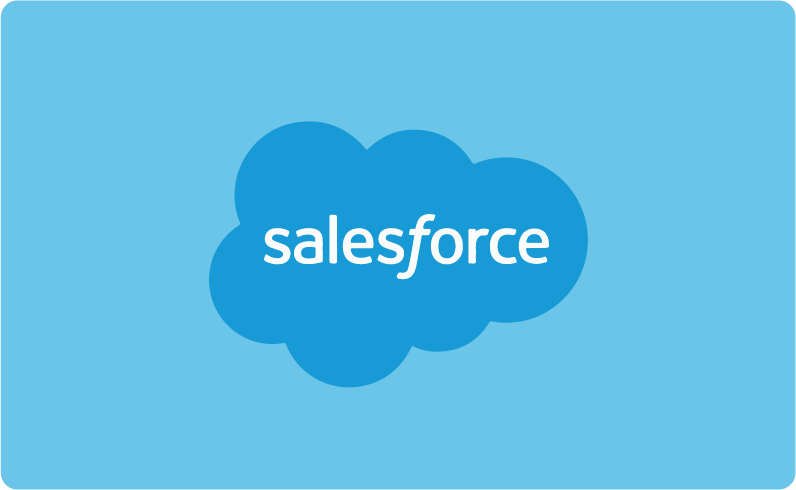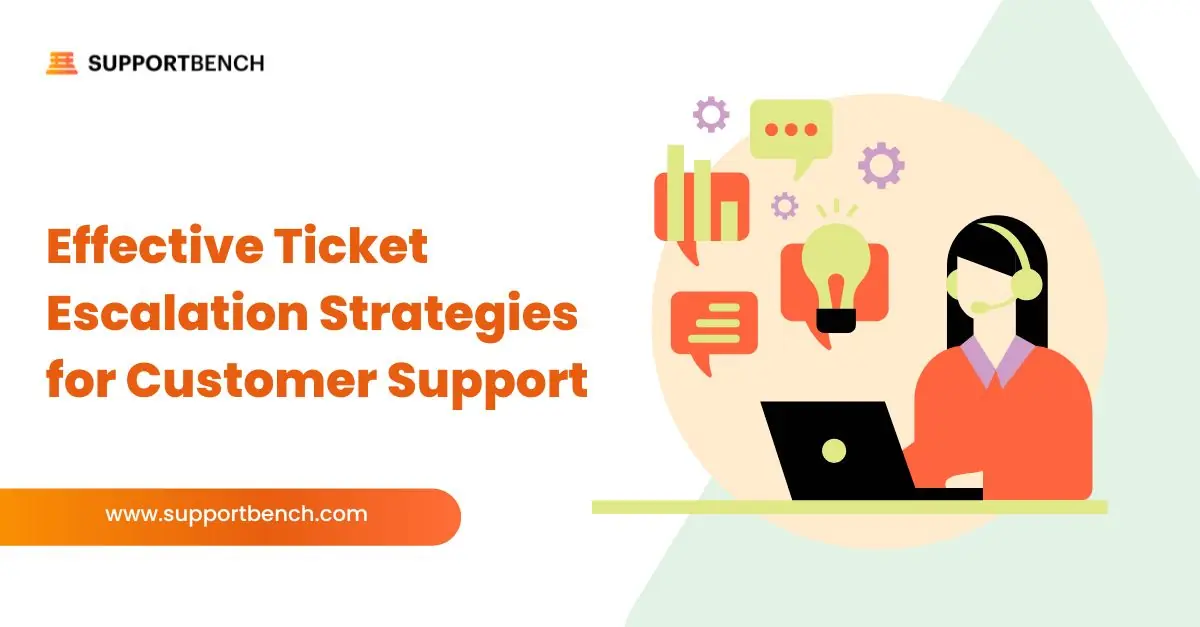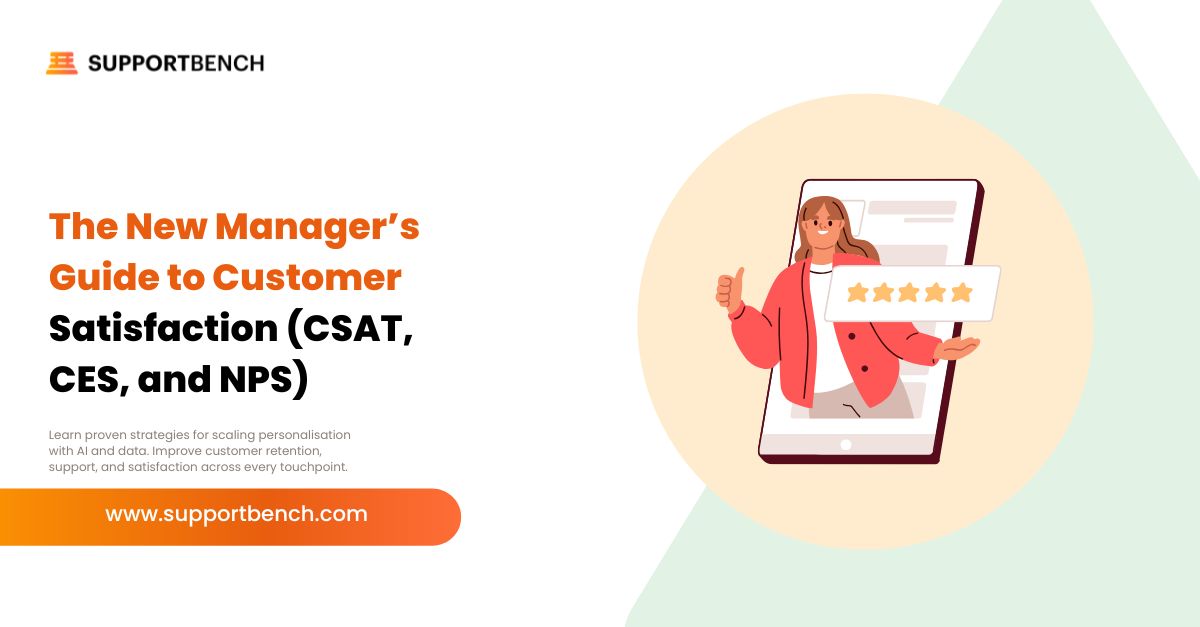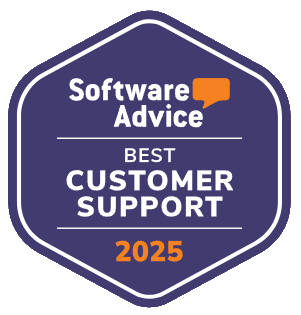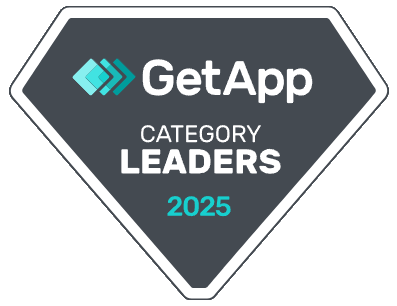In the dynamic world of B2B Support, having a 360-degree view of customer interactions is no longer a luxury but a necessity. Supportbench, an innovative player in the customer support software arena, has not only recognized this need but also mastered the art of Salesforce synchronization, providing comprehensive customer overviews that are a game-changer for companies.

The Strategic Importance of Salesforce Synchronization
Salesforce, a leader in customer relationship management (CRM), offers a wealth of data that is pivotal in understanding and managing customer interactions. Supportbench’s synchronization with Salesforce is more than just a data transfer; it’s a strategic alignment of two powerful tools. This integration offers a holistic view of customer data, making it possible for support teams to access not just ticketing information but also sales, marketing, and customer feedback data, all in one place.
According to Salesforce’s “State of the Connected Customer” report, 76% of customers expect consistent interactions across departments. Supportbench’s integration meets this expectation by breaking down silos and centralizing data.
Leveraging Salesforce Data for Improved Workflows and Customer Interactions
Personalized Customer Interactions
As a robust CRM, Salesforce captures every interaction a customer has with a company. This includes their purchase history, support tickets, feedback submitted, and even their communication preferences. But when this data is integrated into Supportbench, support agents have a complete view of the customer’s journey at their fingertips. This enables them to tailor their approach based on the customer’s past experiences and preferences. For instance, if a customer has repeatedly faced issues with a particular product or service, the support agent can acknowledge this history and offer tailored solutions or compensation, showing the customer that they are valued and understood.
We know that Salesforce data allows for sophisticated segmentation of customers based on their behavior, purchase history, or engagement levels. But with the right support tool to integrate with it, this segmentation can be used to tailor communications and support services. For example, high-value customers or those with a history of frequent purchases can receive a more personalized level of support, perhaps with dedicated account managers or faster response times.
And, by accurately incorporating Salesforce data, agents can update customer profiles with new insights gained during support interactions. This ensures a continuously evolving and deepening understanding of the customer, which can be leveraged in future marketing campaigns or sales initiatives.
Proactive Support
By analyzing patterns in sales and support data from Salesforce, Supportbench can enable teams to identify potential issues before they escalate. For instance, if data shows that a particular product has a spike in support queries after six months of usage, support teams can proactively reach out to customers at the five-month mark with maintenance tips or check-ins.
This proactive approach not only mitigates potential issues but also demonstrates to customers that the company is attentive and proactive about their satisfaction. This can significantly boost customer loyalty and retention rates – a critical factor considering that increasing customer retention rates by 5% can increase profits by 25% to 95%, according to research by Bain & Company.
Efficient Issue Resolution:
The integration with Salesforce eliminates the need for agents to switch between multiple platforms to gather customer information. This streamlined access to information means that agents can address customer queries more quickly and efficiently, leading to faster resolution times. And, with comprehensive data at their disposal, agents can make more informed decisions and provide more accurate solutions. For example, suppose a customer has a recurring issue that has been previously resolved. In that case, the agent can quickly refer to the previous solution, ensuring consistency in problem-solving and reducing the time spent rediscovering solutions.
This integration also allows for automation in retrieving relevant customer data during a support interaction. This means less time spent on manual data entry and more on resolving the customer’s issue.
Salesforce and Legacy Support platforms
While many customer support platforms offer various features and integrations, there are specific areas where they may fall short compared to the comprehensive capabilities of Supportbench, particularly regarding deep Salesforce integration for a holistic customer view. Let’s look at some common deficiencies in other support platforms:
- Limited Depth of Integration: Many platforms offer Salesforce integration, but often it’s limited to basic data syncing. Supportbench’s integration goes deeper, allowing for a more nuanced use of Salesforce data, including the ability to manipulate and interact with this data directly from the support platform. This deeper integration enables more personalized customer interactions and proactive support strategies.
- Data Silos and Fragmented Customer Views: Other platforms might not effectively break down the data silos between different departments (like sales, support, and marketing). Supportbench’s approach ensures that all relevant customer data from Salesforce is available in a unified manner, providing a complete 360-degree view of the customer. This comprehensive view is often missing in other platforms, leading to fragmented and less effective customer interactions.
- Complexity and IT Dependency: Some platforms require significant IT involvement to set up and maintain integrations or to customize the platform. Supportbench is designed with ease of use in mind, reducing dependence on IT teams for setup and maintenance, and allowing customer support teams to manage their workflows and customization autonomously.
- Less Flexible Workflow Customization: While many platforms allow some degree of workflow customization, they may not offer the same level of flexibility as Supportbench. This limitation can prevent support teams from fully leveraging Salesforce data to create highly personalized and efficient customer support workflows.
- Insufficient Real-Time Data Utilization: Real-time data utilization is crucial for proactive support and immediate issue resolution. Some platforms might not effectively leverage real-time Salesforce data, leading to delays and missed opportunities for timely customer engagement.
- Limited Analytics and Reporting Capabilities: Comprehensive and customizable reporting is vital for understanding customer interactions and improving support strategies. Some platforms may not offer the same level of detailed analytics and customizable reporting as Supportbench, making it harder for companies to gain actionable insights from their Salesforce data.
- Restricted Automation Based on Rich Data Sets: Effective automation of customer support processes requires a rich data set for triggering actions. Other platforms might lack the capability to automate workflows based on the diverse and rich data sets available in Salesforce, limiting their effectiveness in reducing repetitive tasks and speeding up response times.
- Scalability Issues: As companies grow, their support platforms need to scale with them. Some platforms may not be as scalable as Supportbench, either in handling increased data volume or in adapting to more complex organizational structures and processes.
While many support platforms offer Salesforce integration and various features, the depth of integration, ease of use, flexibility, real-time data utilization, comprehensive analytics, sophisticated automation, and scalability set Supportbench apart. These factors are crucial in enabling companies to leverage Salesforce data fully for improved workflows and customer interactions.
The Supportbench/Salesforce Revolution
As we’ve seen, while other platforms offer Salesforce synchronization, Supportbench’s integration is uniquely deep and customizable. This is not just about viewing Salesforce data but about enriching the entire customer support experience with that data. Supportbench allows not only viewing but also manipulating Salesforce data, enabling the creation of truly customer-centric workflows.
The Supportbench benefit:
Supportbench gives a holistic view of the customer journey leading to more tailored and effective support, directly impacting customer satisfaction. Because it has unified data, this leads to reduced handling times and more first-contact resolutions. This type of ‘complete picture’ aids in making informed strategic decisions, impacting the overall growth and direction of the company.
Supportbench is not just keeping up with the times; it’s setting the pace. By deeply integrating with Salesforce and focusing on comprehensive customer overviews, Supportbench is redefining what it means to offer customer support in the B2B enterprise space. This revolutionary approach benefits not just the support department but the entire company through enhanced customer relationships, streamlined operations, and strategic growth.
In Summary
Supportbench’s advanced Salesforce synchronization offers an unparalleled 360-degree view of customer data, enabling companies to deliver exceptional support and drive strategic growth. By leveraging this powerful tool, support leaders can transform their teams into proactive, data-driven units that not only solve problems but also contribute significantly to customer satisfaction and business success.


